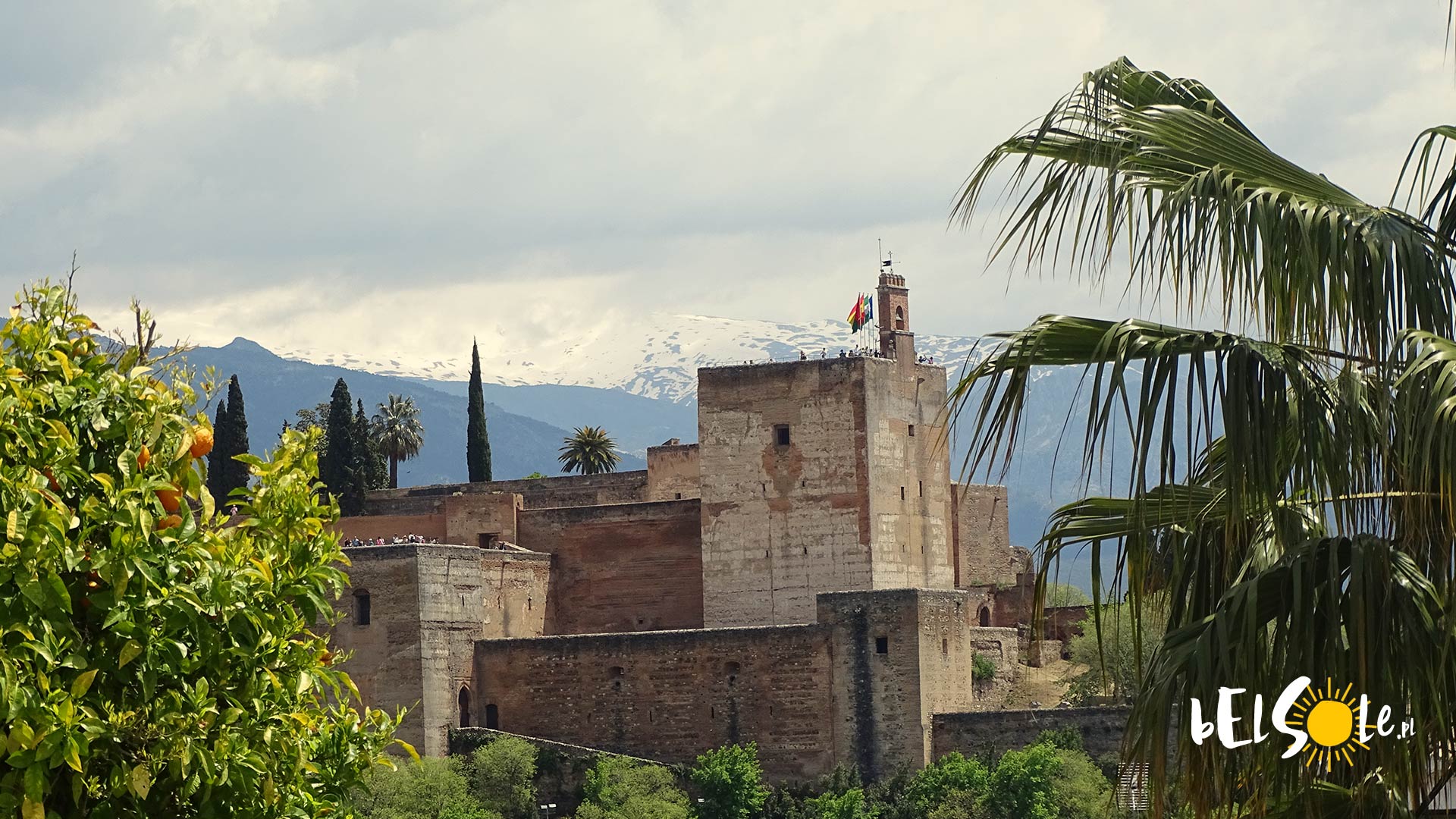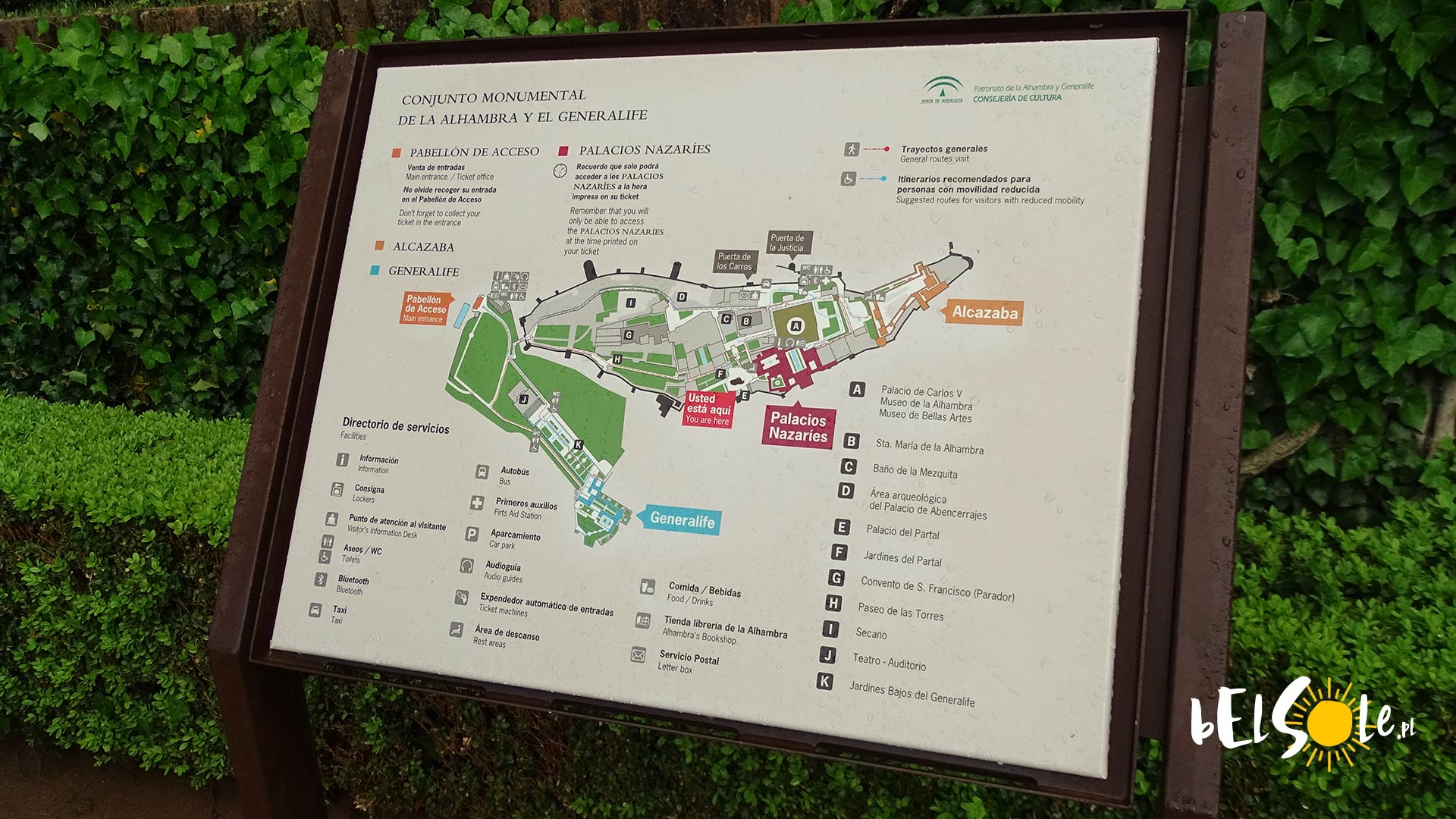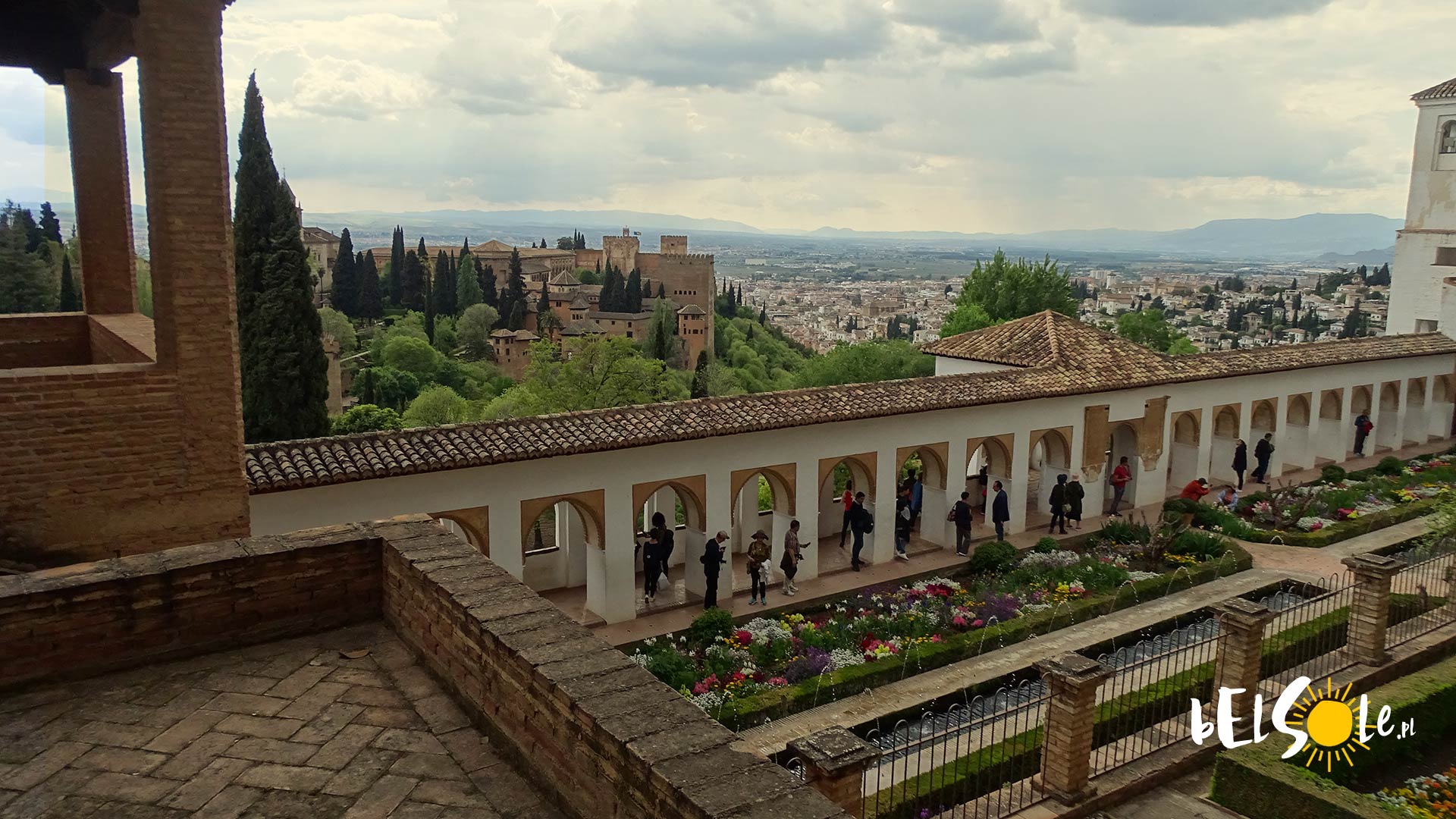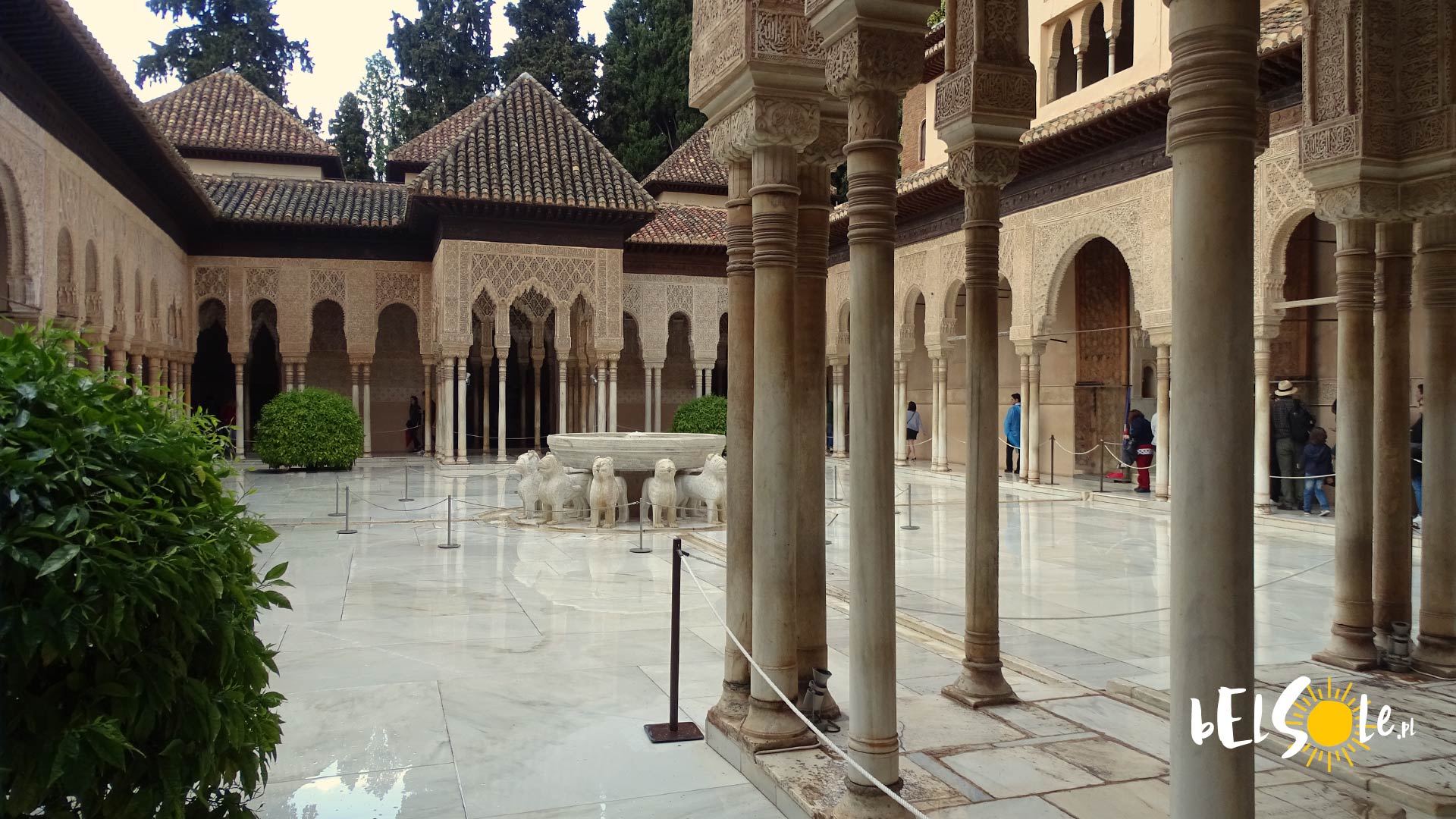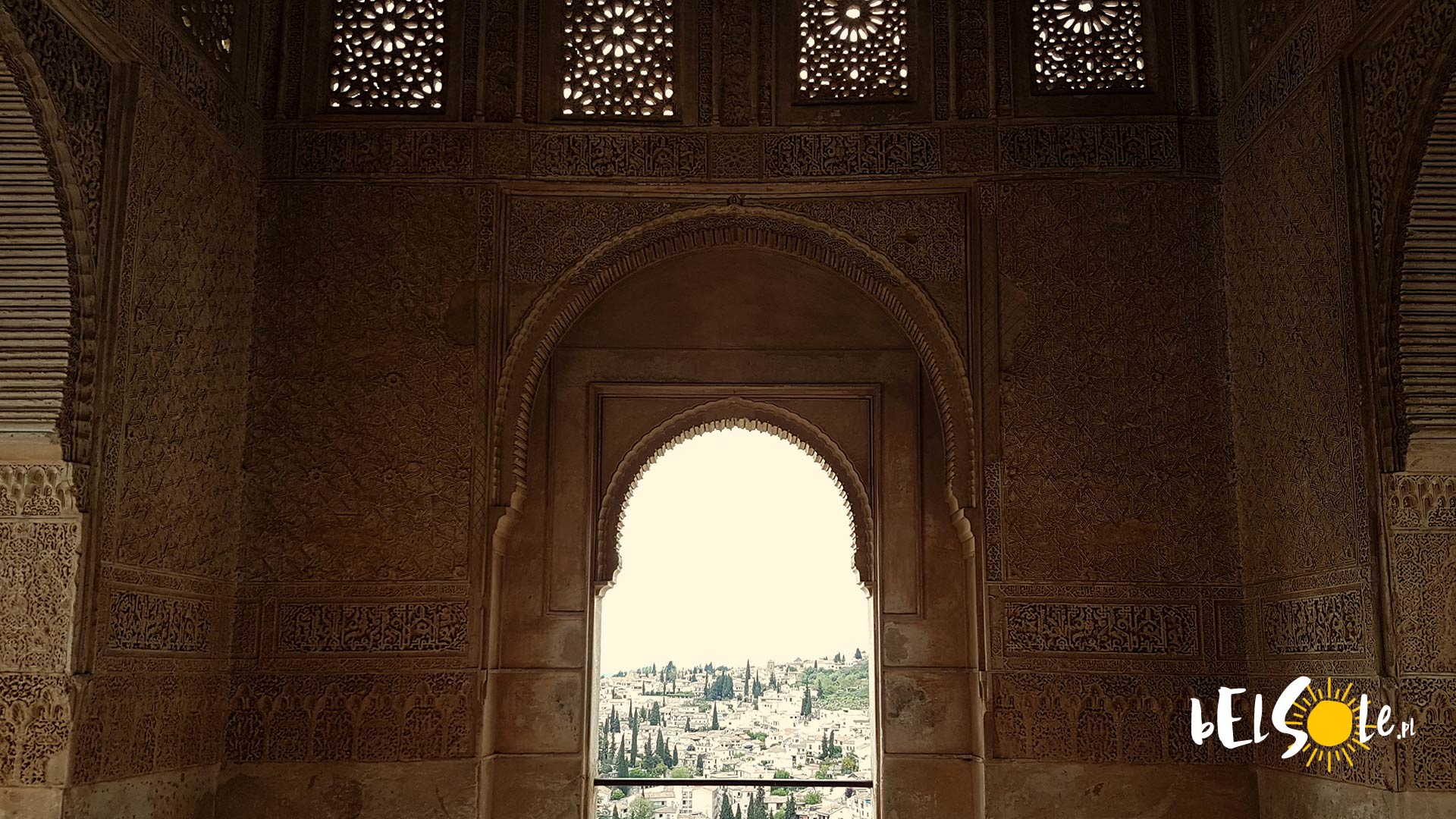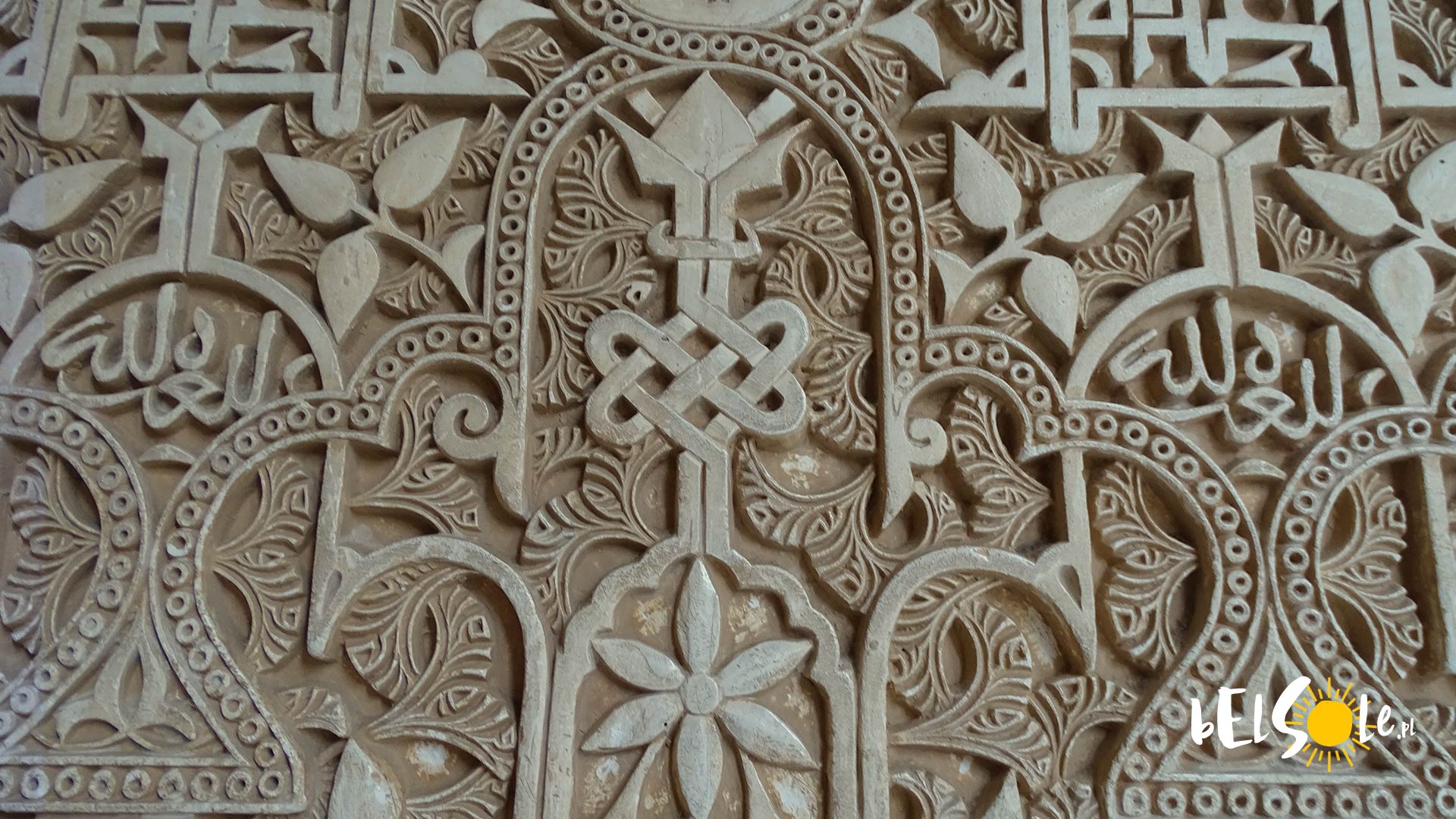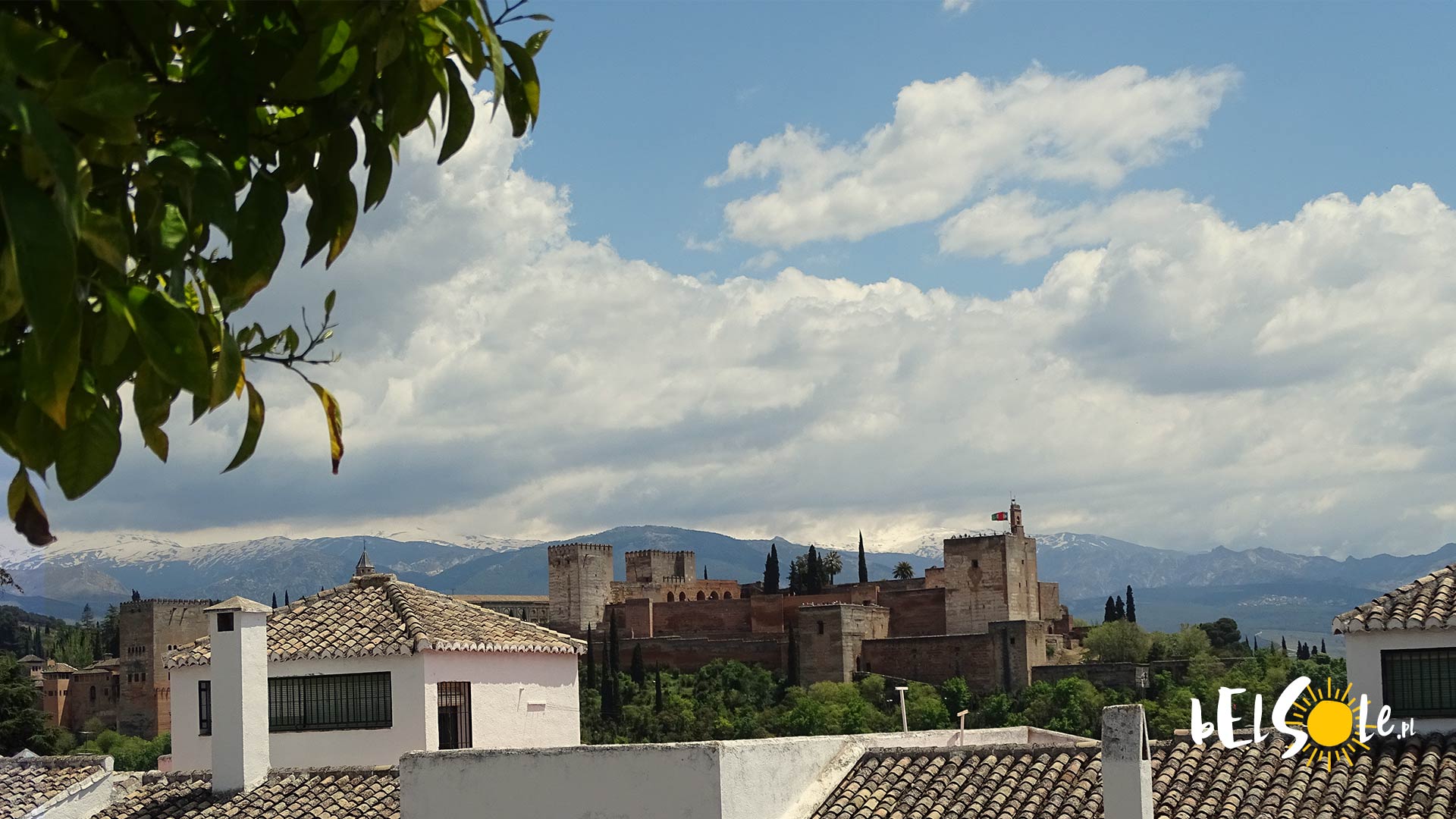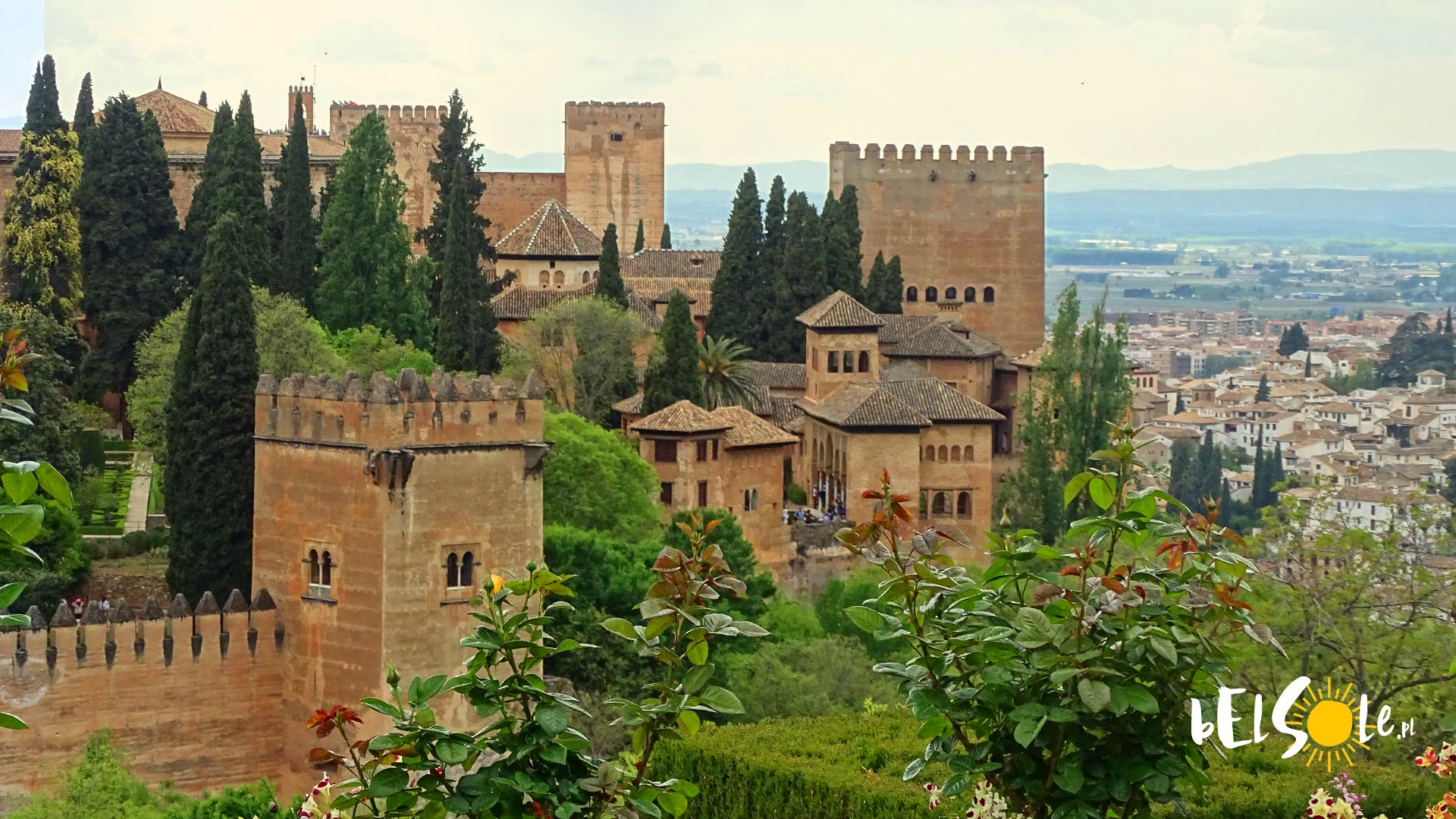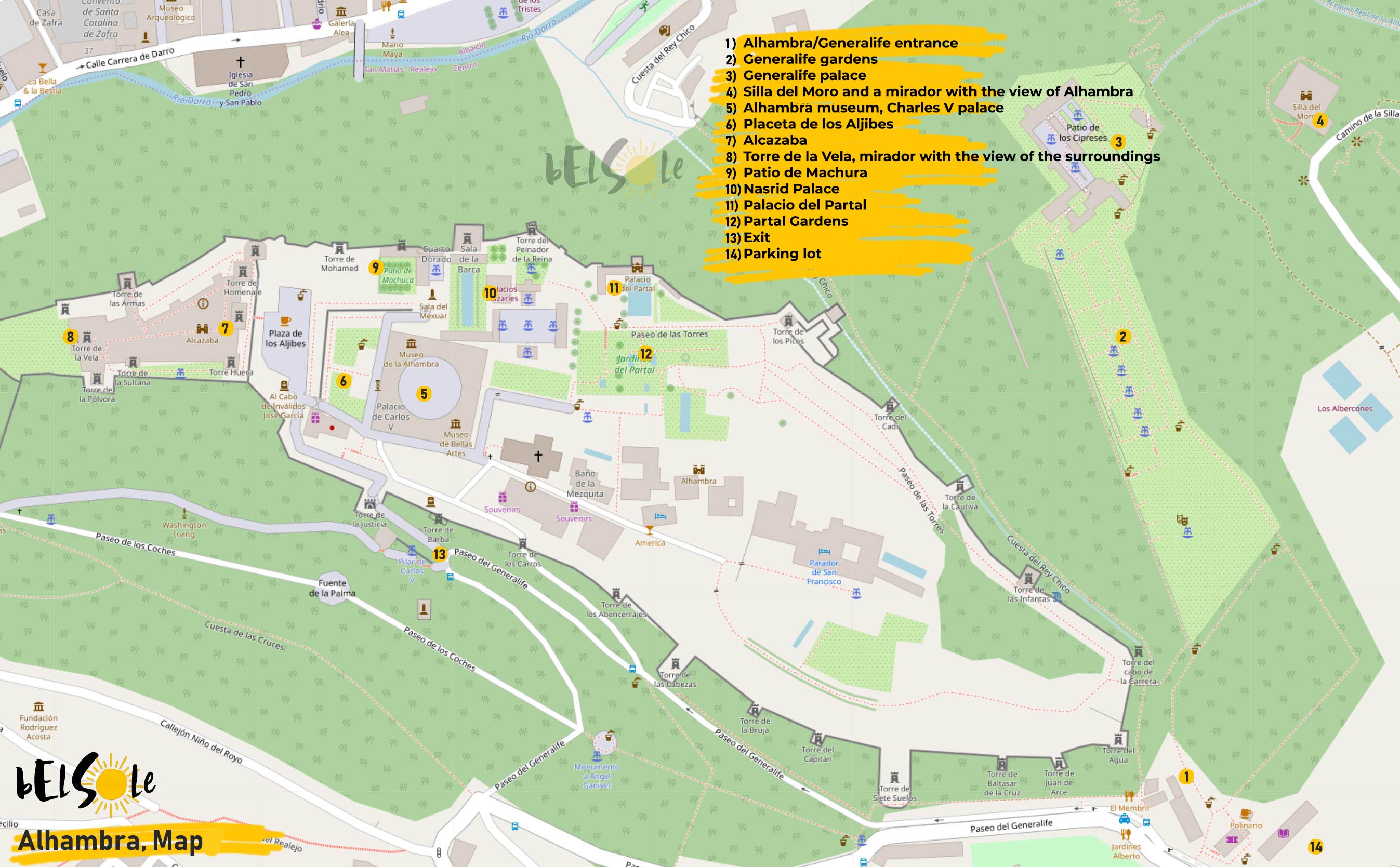Alhambra is one of the biggest monuments of Spain. It’s a famed palace complex, with various beautiful gardens, offering an incredible view of Granada. Going to Alhambra is basically buying a time machine and going back to the period when Caliphs ruled over the southern Europe. What’s the history of Alhambra? What to see in Alhambra? What are the ticket prices and the opening hours for tourists?
The history of Alhambra
Alhambra is a palace and fortress complex, built in 1232 – 1273 and regularly expanded till the 14th century. The first reports of the building date back to the year 700. The complex served as a fortress for the Mauri Caliphs and it consisted of palaces with a few courtyards each, a stately home with its own gardens and separate garden sections, present all across the hillside.
Alhambra used to be a residence for the Granada’s Emirs for a long time, then it was turned into a prison. In the 19th century, it was restored to its original state. At the end of the 19th century, there was a great fire in the complex, which reached rooms such as Torre de Comares, Sala de la Barca and the gallery near Patio de los Leones. Thankfully, once again, the place was restored and four years later, the palace found itself marked on the UNESCO World Heritage Site list. Hundreds of years of history, battles and wars surely left their mark on the walls and the palace’s construction, although its state is, to this day, impressive.
How to get to Alhambra?
Getting to Alhambra from anywhere in Granada is a piece of cake. If we’re travelling by car, there’s a dedicated parking lot near the complex. If we’re using public transport though, it’s as easy as finding the G3 bus, which will also get you to the palace.
Visiting the Alhambra complex
Alhambra is fully available for tourists. Each of us can choose our own, individual path, all catered to our capabilities and interests. Once in Alhambra, we may find it very comparable to a small city. There are many roads inside the complex, with many hotel guests wandering around (yes, there’s a hotel in Alhambra), there are restaurants and various services on the sides, and the whole place feels like a different world.
Since Alhambra is often a very crowded place, due to the sheer amount of tourists interested in visiting it, we recommend giving it a shot outside the summer season.
If you’re unsure about the path you want to take, there are dedicated trails, maps and audio guides, which we can equip ourselves at the ticket booth, or inside the complex. So, what are the attractions in Alhambra? We think the most important ones are:
- The Nasrid Palace
- Hall of the Ambassadors
- Palace of Charles V
- Alcazaba fortress
- Partal
- Calle Real (and the baths)
- Wine Gate
- Generalife Gardens
Alhambra – build and architecture
Alhambra remained as an unusual example of the Muslim art in Europe.
Most buildings share the quadrangular layout, and all the rooms have their entrance directed at the courtyard. The whole complex gained its size through continuously adding more quadrangles, all designed in the same way, only with different sizes. Although the facade is quite bare, all the columns, fountains and pools were added to increase the aesthetic appeal of the place, as well as to add functionality. Alhambra was expanded under many different Muslim rulers, yet all of them shared a similar vision, making the complex retain its paradise’y look.
The decorative aspect of Alhambra is of the highest quality – both the ceilings and the walls are covered in Arabic verses by Ibn Zamrak. Their addition to the geometric and plant-like patterns on the walls fits perfectly with the raw outside walls of Alhambra. The decorative molding is also visible on columns and domes.
The tile based mosaics, ‘alicatado’, adorn the lower sections of the walls. The wooden ceilings also make for an interesting element, located in, for instance, the Court of the Lions, in the Nasrid Palace.
Alhambra – ticket prices, queues
When planning a trip to Alhambra, you should book tickets much earlier, so you don’t have to stress out later, when they may be potentially sold out. You can buy the ticket both in Alhambra or online, although we highly recommend the latter, as it usually allows you to book the tickets months before the actual trip. There’s actually a limited amount of people who can enter Alhambra in a day. The visitors must be present 30-60 minutes before the actual entry marked on a ticket, to get inside. There’s a strict 300 people limit, which refreshes every 30 minutes.
How much does the ticket cost? The standard ticket costs 14 EUR. There’s an option to buy a concession ticket which costs 9 EUR and tickets allowing us to visit the place at night – for 5-8 EUR. Children up till 11 years old can enter the complex for free, if of course they’re with an adult.
When is Alhambra open? Every day, from 8:30 till 20:00 in the summer season, from 8:30 till 18:00 throughout the rest of the year. The ticket booths stand by all three sides of the complex, and the only way to get into Alhambra is through the gates.
I was too late to buy a ticket, what to do?
Do not fret, if we really want to see Alhambra in a certain period, and it’s too late to buy a ticket, there’s still a chance. We can use the services of travel agencies, which offer dedicated trips to Alhambra. They tend to be quite pricey, but it’s more of backup plan, if our memory fails us.
Map of Alhambra, Generalife and the parking lot
The parking lot is situated right by the entrance to Alhambra
- Alhambra/Generalife entrance
- Generalife gardens
- Generalife palace
- Silla del Moro and a mirador with the view of Alhambra
- Alhambra museum, Charles V palace
- Placeta de los Aljibes
- Alcazaba
- Torre de la Vela, mirador with the view of the surroundings
- Patio de Machura
- Nasrid Palace
- Palacio del Partal
- Partal Gardens
- Exit
- Parking lot
Alhambra – trivia
- The base for the buildings in Alhambra is a square, with rectangles serving as expanders, with the base of the rectangular being of equal size to the side of the square, and the height equal to diagonal of the previous figure.
- The name ‘Alhambra” comes from Arabic and it means “Red Fortress”.
- In reality, Alhambra was originally built by the Romans – the fortress was then taken by the Mauri forces.
- Alhambra has its own sewage system, which supplies the palace with water from the nearby rivers and mountain sources.


